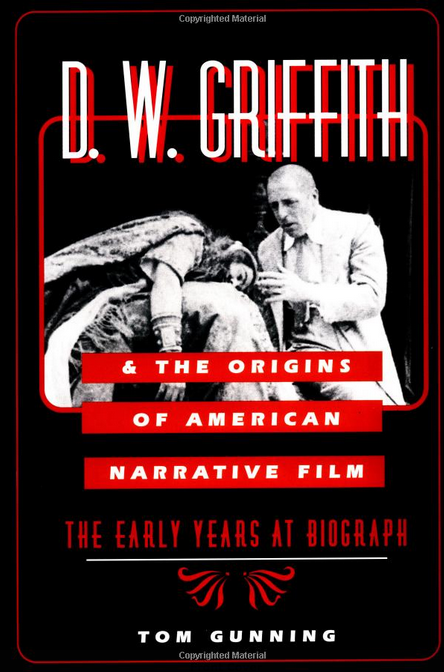
It’s the film and media studies equivalent of March Madness: thousands of film scholars convene annually for the Society of Cinema and Media Studies Conference, the world’s largest film studies conference. With over 500 panels and workshops containing over 2,000 presentations, the event amounts to a staggering, overwhelming display of intellectual activity spread out over five days. This year’s edition in Montreal was my third time attending SCMS, but my first time as a presenter. While the conference is primarily intended for professional academics affiliated with universities or other educational institutions, I’ve gone in the past simply to geek out at all the ideas circulating around film. For me, it’s the film studies equivalent of Comic-Con.
With such a vast event spilling over with options (as many as twenty-four panels will run simultaneously at a given time slot), no two attendees will have the same experience. In this video I share some of the personal highlights of my time at SCMS 2015:
I never had a formal education in film studies, and have long prided myself in utilizing all the resources available these days online to educate myself. Still, I’ve always been curious about what special knowledge or experience that academia can provide, so I went to SCMS in search of the latest high-level theories and frameworks for understanding film and media. I found that the conversations on film around each SCMS conference were a breath of fresh air compared to the conventions of mainstream and online film criticism, which are largely stuck in consumer reviewing and old school auteur theories.
All the same, academia often seems to be stuck in its own conventions. Many presentations amounted to a film scholar reading their written paper aloud for twenty minutes while attendees sat and listened. This delivery method often came off so dry that I wondered if it would be a better use of time if the attendees could simply just read the paper themselves and then ask questions. Others relied on Power Point slides or short video clips to enliven their presentations. This year I had the privilege of being a presenter on a panel dedicated to the teaching legacy of Harun Farocki, and used it as an occasion to deploy some desktop presentation techniques not seen before in academic conferences but familiar to those who’ve seen some of my video essay work.
Attending the conference, I found myself leaning towards the innovation side of the academic spectrum, while questioning the well-grooved approaches and mindsets regarding cinema. On one panel that discussed the aesthetics of the long take, there was a wonderful variety of presentations: two papers dealt with how Classic Hollywood auteurs like Max Ophüls and Otto Preminger utilized the long take, while another examined the technique in contemporary serial television, and a fourth paper looked at its deployment in art gallery video installations. This collection of contexts was ripe for cross-dialogue, but the first two questions from the audience focused squarely on the old school auteur presentations, trying to apply their insights to other old school auteurs instead of connecting them to the more contemporary non-film examples. If the study of classic cinema continues to focus squarely on itself instead of making itself relevant to today’s cinema and media landscape, it will study its way into extinction.

On that score, I was heartened by remarks made by the legendary film scholar Tom Gunning, recipient of this year’s Distinguished Career Achievement award. Gunning is a prolific scholar whose career, spanning five decades, includes major books on D.W. Griffith and Fritz Lang. He remains best known for his seminal 1986 essay “The Cinema of Attractions,” where he asserts that, before movies were used to tell stories and explain the world, the making of cinema was motivated simply by the desire to fascinate viewers. Cinema’s power lies primarily in its perceptual attraction rather than in whatever meaning it carries or stories it tells.
In his award acceptance speech, Gunning reiterated this argument as an exhortation to his fellow film scholars: “Instead of starting with narrative form, instead of beginning with a reading of ideology contained by the apparatus, I feel we must begin with the experience of cinema: the fascination of its elements, which implies both captivation and wonder.” He tied this emphasis on captivation and wonder to a suggestion for how scholars and cinephiles might come to understand what cinema is in the post-film, new media landscape:
“In an era of new media, cinema history cannot simply be a nostalgia for a lost past… I claim that the novelty of motion pictures is not only something that is still evolving as cinema blossoms into new media, but that its history as well is still being discovered and understood… Our goal now, partly inspired by the protean energy of new media, is to sense the persistence of this novelty.”
Kevin B. Lee is a filmmaker, critic, video essayist and founding editor of Keyframe. His video essay Transformers: The Premake screened at the 2015 Berlinale International Film Festival Critics’ Week and True/False Film Festival. He tweets at@alsolikelife.



